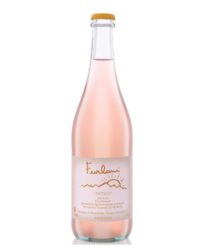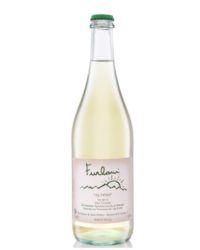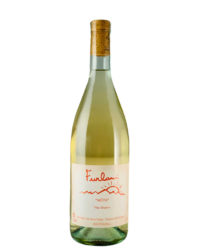Müller Thurgau: The Aromatic Grape of Sustainable Viticulture
History of Müller Thurgau
Created in 1882 by Swiss botanist Hermann Müller (from whom it takes its name), Müller Thurgau is a cross between Riesling and Madeleine Royale. Initially popular in Germany, it found ideal terroirs in Italy – particularly in Trentino-Alto Adige and Friuli – to thrive in organic and biodynamic versions.
Today, natural wineries value it for its resistance to cool climates and adaptability to poor, mineral-rich soils, minimizing interventions in the vineyard.
Features of Organic & Biodynamic Müller Thurgau
Sensory Profile
- Aroma: White flowers, citrus (pink grapefruit), lime, and mineral notes
- Structure: Vibrant freshness with a slightly spicy finish
- Natural Viticulture: Organic versions highlight pure flavors, while biodynamic ones develop terroir complexity
Viticultural Traits
Ideal for low-impact farming, this grape:
- Requires minimal sulfur due to its thick skin
- Adapts to natural winemaking in amphorae or stainless steel
- Produces wines with low alcohol content (11-12.5%)
Gourmet Pairings with Natural Müller Thurgau
Classic Dishes
- Seafood crudo: Tuna tartare, oysters
- Fresh cheeses: Herbed goat cheese, robiola
- Grilled vegetables with organic EVOO
Creative Experiences
- Asian cuisine: Vegan sushi, vegetable tempura
- Finger food: Arugula and almond pesto bruschetta
- Desserts: Bergamot lemon sorbet
Why Choose Natural Müller Thurgau?
Organic and biodynamic producers preserve this grape’s authenticity through:
- Spontaneous fermentations with native yeasts
- Short macerations to retain freshness
- Zero-waste practices: From sustainable pruning to lightweight bottles





